Companies are searching for ways to deal with the tens of thousands of blades that have reached the end of their lives.


Coronavirus-cure-indian-scientists-team-is-very-close-to-developing-vaccine-for-coronavirus.
In a major breakthrough that can lead to a quick Coronavirus vaccine, a team of scientists led by an overseas citizen of India, Professor SS Vasan of CSIRO (Commonwealth Scientific and Industrial Research Organization) Dangerous Pathogens Team has successfully mass produced the novel Coronavirus strain outside China in sufficiently large number to begin clinical trial of medicine.
According to reports, last week Australia’s Doherty Institute had managed to isolate the Coronavirus sample from an infected human in Australia, but what Prof SS Vasan and his team has done at CSIRO is significantly better for getting to a Coronavirus vaccine quickly.
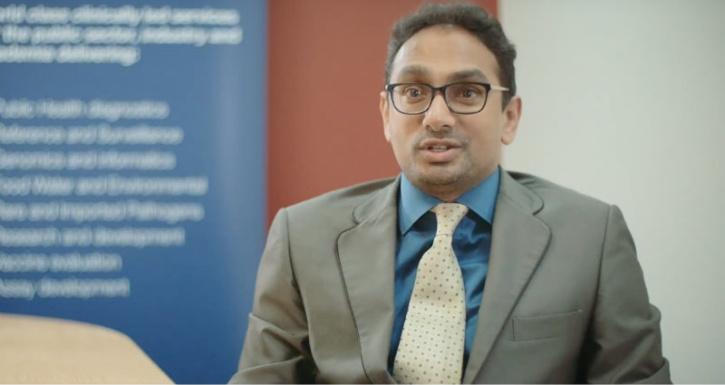
Public Health England.
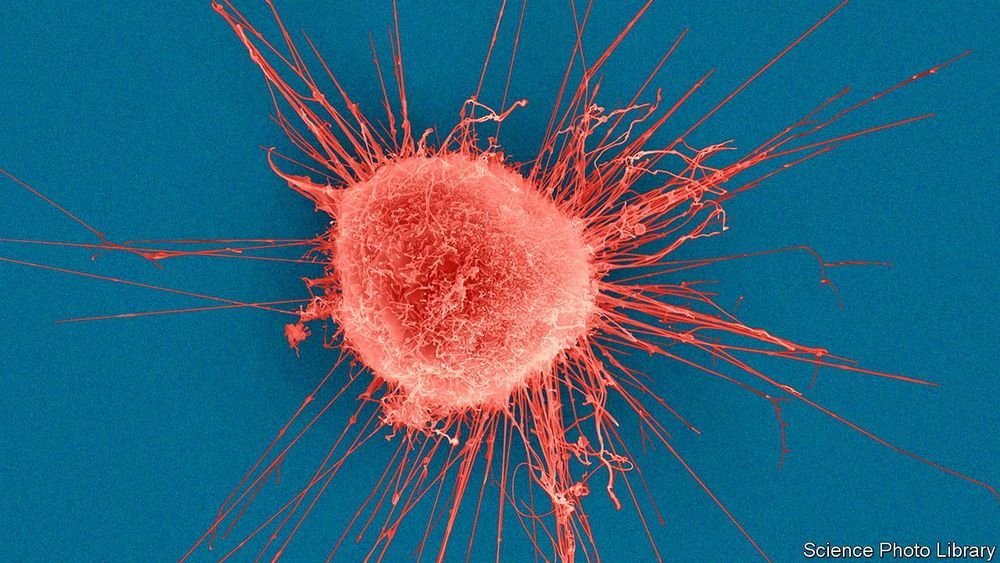
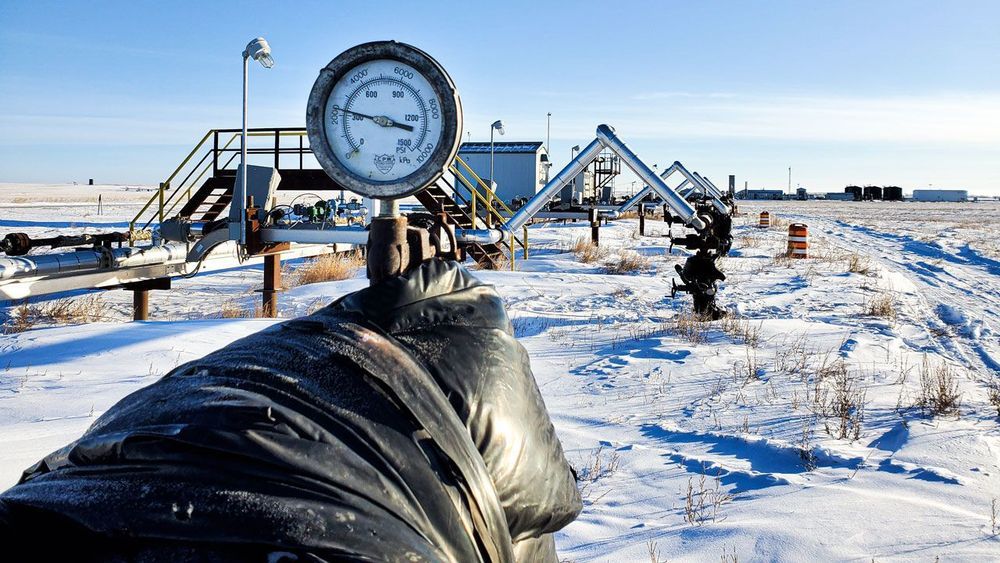
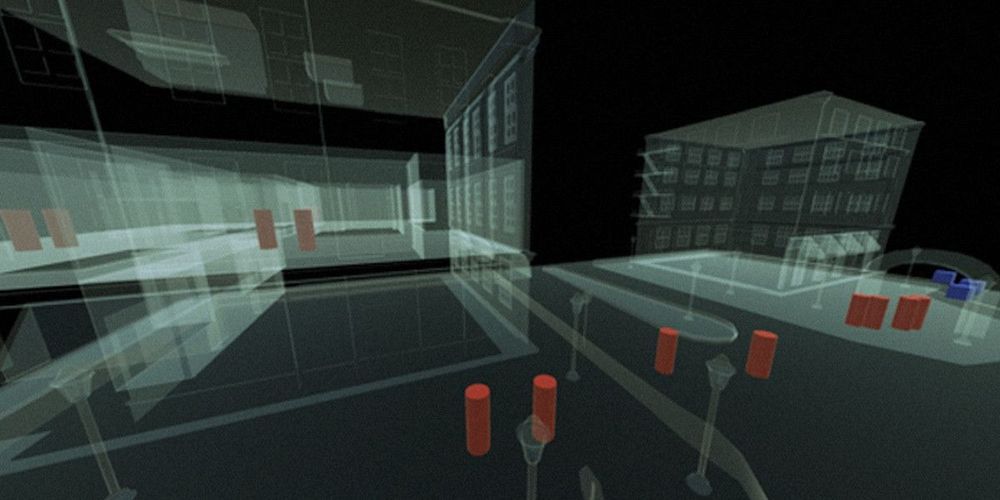

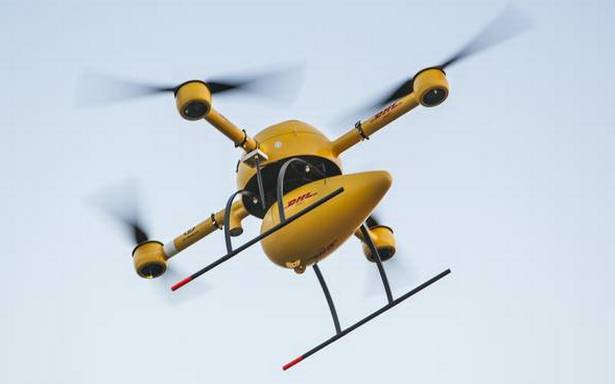
Your dream to get a pizza delivered by a drone or an Amazon drone knocking at the door will remain a dream as researchers have revealed that a drone delivery service is not realistic and may not be possible in densely-pulated areas.
The reason is simple: Demand for drone delivery in e-retail is high but the ability to meet that demand is very low.
For a city like New York, the optimal design for the test locations, based on all factors, is three drone facilities covering 75% of NYC area and 34% of the population.
#survival #coronavirus
In light of recent events its a good opportunity to go over the basics of pandemic preparedness.
*Correction* I need to make a correction to information provided within this video. The case-fatality rate of the Spanish influenza is often quoted by virologists as 2.5 % when in reality the math on this doesn’t add up as the population of the planet at the time doesn’t align with this statistic. This stat is misinterpreted to mean the overall case-fatality rate was (greater than) 2.5%. It is presumed a safer mortality estimate was between 7.5%-15% at the pandemics peak wave. The correct statistic is the 2.5%-5% of the WORLDS population perished as a result of this. It should be noted that there were several waves to this pandemic hence the 2.5 (greater than) statistic. The first wave was relatively tame, the second wave was devastating, the third wave was less severe. https://www.cdc.gov/flu/pandemic-resources/1918-commemoration/three-waves.htm
Similar videos
Hazsuit
Biohazard bags
Get biohazard bags here
https://amzn.to/30Sx6ab
Biohazard Stickers
https://amzn.to/36pmtgj
The Urban prepper containment video
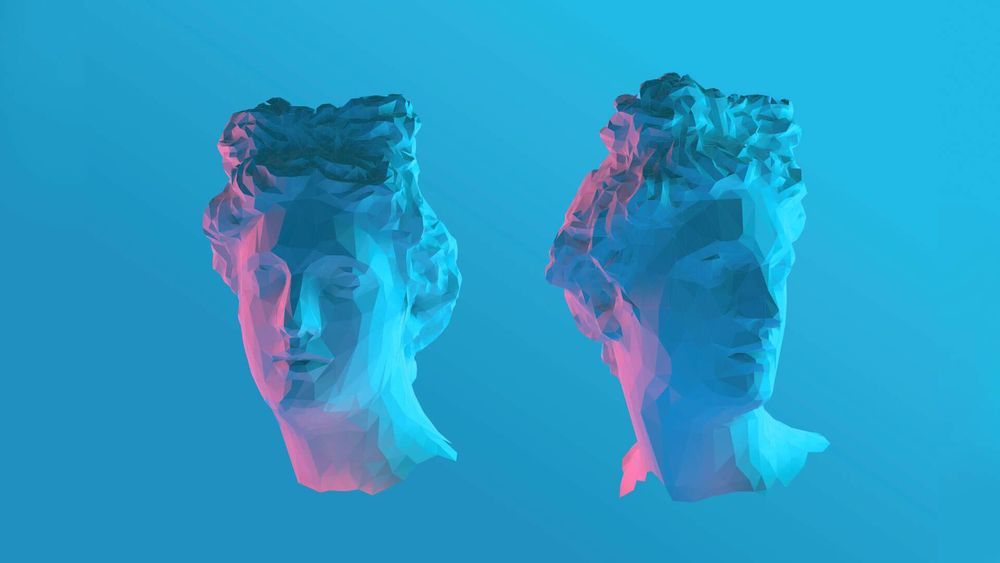
Facial recognition technology is likely not as safe as you may have thought. This was illustrated by a recent test where 3D printed busts of peoples’ heads were used to unlock smartphones.
Out of five tested phones, only one refused to open when presented with the fake head.
Other biometric security measures are also showing less resilience to hacking than you might expect. A group of Japanese researchers recently showed it was possible to copy a person’s fingerprints from pictures like the ones many of us post on social media.